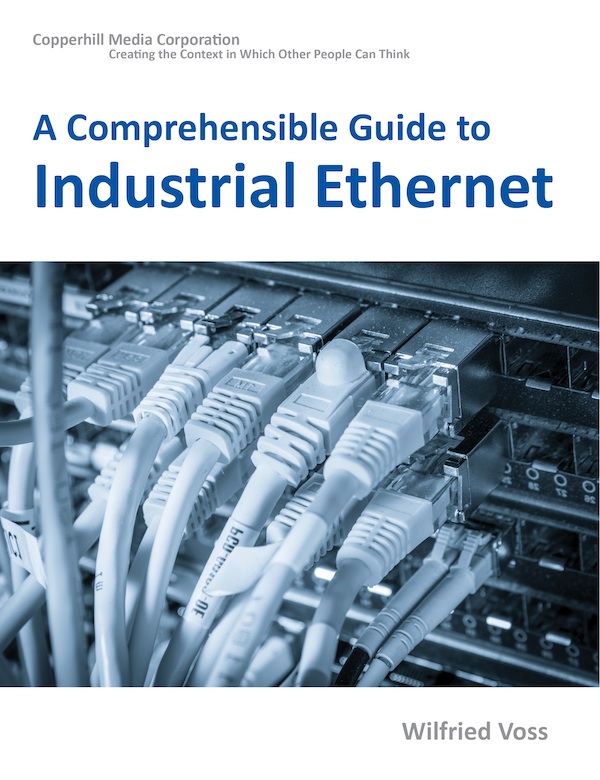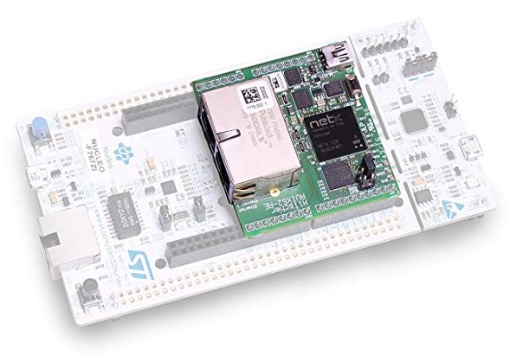Recent Posts
Industrial Ethernet Guide - Introduction to Fieldbus Systems
Posted by on

The following is part of A Comprehensible Guide to Industrial Ethernet by Wilfried Voss.
Note: One of the fundamental advantages of Industrial Ethernet, besides its vast speed, lies in the fact that it owns all the beneficial features of a standard Fieldbus system and then a bit more. Admittedly, it shares these advantages with a significant number of serial networking technologies. However, to provide all aspects, this chapter explains the benefits of Fieldbus systems (a.k.a. distributed control) with a particular focus on Industrial Ethernet.
Fieldbus is the technical term for a family of industrial computer network protocols used for real-time distributed control, standardized as IEC 61158.
In the traditional view, an industrial automation system, such as a manufacturing assembly line, needs an organized hierarchy of controller systems to function. In this hierarchy, there is usually a Human Machine Interface (HMI) at the top, where an operator monitors or operates the system.
This top-level system is typically linked to a middle layer of one or more programmable logic controllers (PLC), historically via a non-time-critical communications system (e.g., Ethernet), i.e., a serial network.
At the bottom of the control chain is the Fieldbus that links the PLCs to the components that do the actual work, such as sensors, actuators, electric motors, console lights, switches, valves, and contactors.
To unnecessarily complicate matters, the industry draws a fine line between “Fieldbus” and “Industrial Ethernet,” a simple fact that indicates reluctance by some parts of the industry to accept Industrial Ethernet as a viable alternative. In this case, “Fieldbus” is represented by the original IEC 61158 specification (a massive work of 4000+ pages) and its most prominent member, the Foundation Fieldbus H1. At the time of the initial release, IEC 61158 allowed only eight specified protocol sets called “Types,” Industrial Ethernet protocols not included.
Nevertheless, while Industrial Ethernet changes the view of conventional control systems, it is per definition a Fieldbus system.
2.1 Advantages of Fieldbus Systems
The fundamental advantage of a serial fieldbus system or, to use the more generic term Distributed Control, ranging from a regular (and these days unacceptably slow) RS232 up to high-speed Industrial Ethernet such as EtherCAT, Ethernet/IP and others, are most efficiently explained through a direct comparison with the widely established central control.
netSHIELD"NSHIELD 52-RE" - Industrial Ethernet Development Platform
 netSHIELD is an evaluation expansion board with Arduino compatible connectors for development purposes.
netSHIELD is an evaluation expansion board with Arduino compatible connectors for development purposes.
It enables the user to connect a Microcontroller based application to all market relevant Real-Time-Ethernet industrial networks with best-in-class real-time capabilities, like PROFINET, Ethernet/IP, EtherCAT, and others.
The extension board features a netX 52 system-on-chip. The netX SoC architecture is designed from the ground up for the highest demands on flexibility, determinism, and performance in terms of multi-protocol capability and low latency for short cycle times. The heterogeneous multi-core architecture features an ARM processor core, coupled with a flexible communication subsystem (xC) for varieties of industrial applications support.
 Loading... Please wait...
Loading... Please wait...
